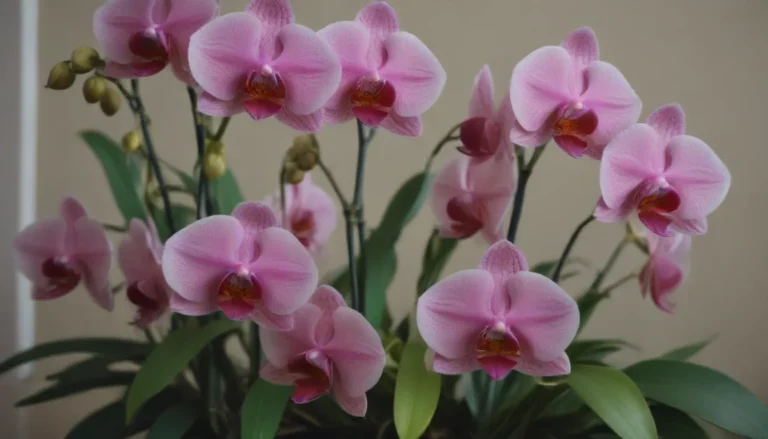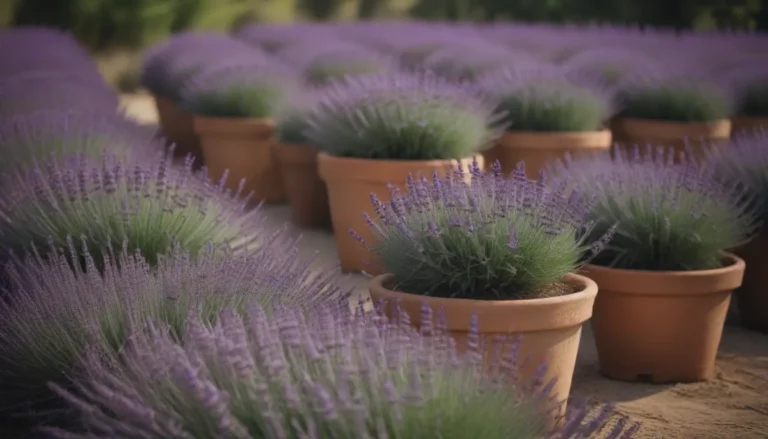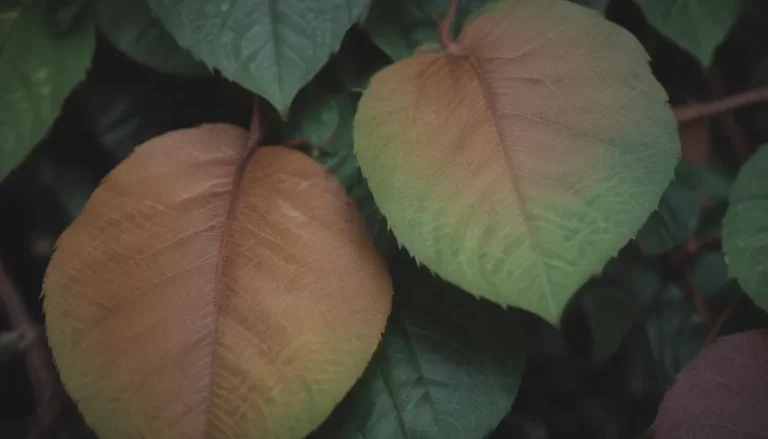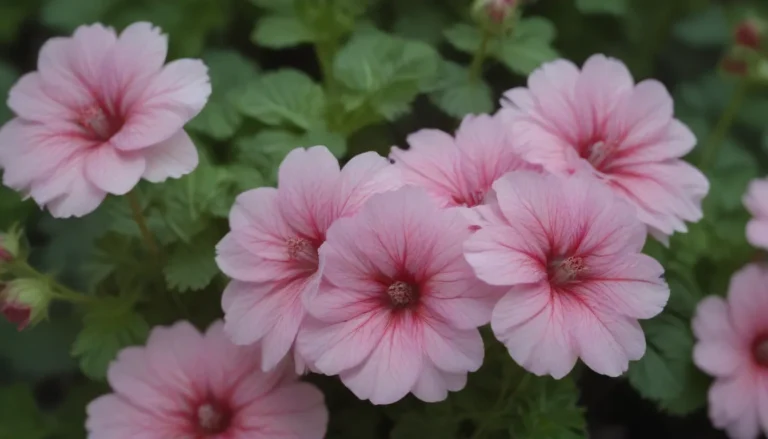The Beauty and Care of Star Cactus: A Comprehensive Guide
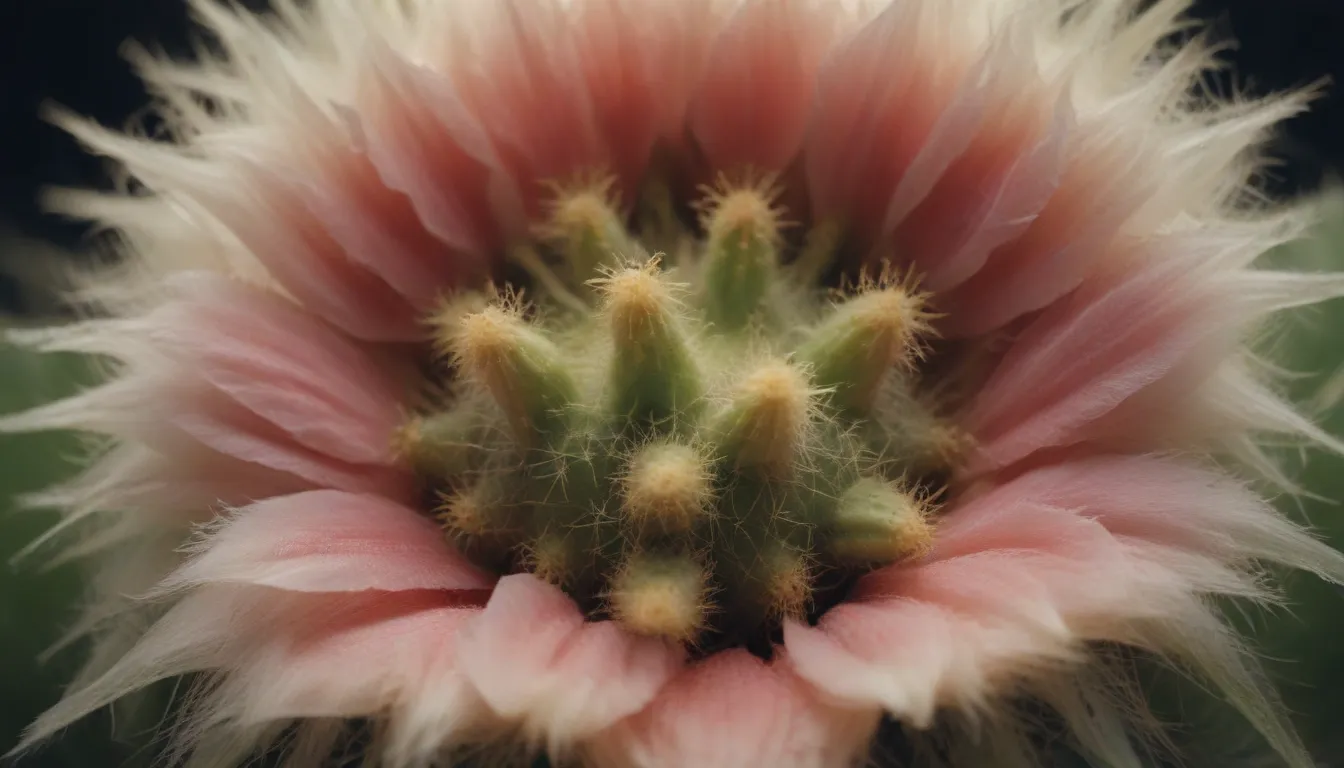
Welcome to our in-depth guide on how to grow and care for the stunning star cactus, part of the Astrophytum genus. These unique cacti, with their star-like structure and beautiful flowers, are a joy to cultivate but require patience and specific care to thrive. In this article, we will delve into the world of star cactus care, covering everything from light and soil requirements to pruning, propagation, and common pests and diseases. Whether you’re a novice plant parent or a seasoned cactus enthusiast, there’s something here for everyone to learn. Let’s get started!
Getting to Know Star Cactus
The Astrophytum genus consists of six North American cactus species, three of which are commonly known as star cacti. These plants are prized for their ribbed, star-shaped structure and striking flowers that bloom from the center. While slow-growing, mature star cacti can grow quite large and make an impressive addition to any plant collection.
Species like Astrophytum asterias are highly sought after by collectors, but they can be challenging to propagate and often require grafting onto another cactus for optimal results. Despite their slow growth rate, when properly cared for, star cacti are among the most beautiful of North American cacti.
Star Cactus Care Tips
Taking care of your star cactus involves providing the right conditions for it to thrive. Here are some essential care tips to ensure your plant remains healthy and vibrant:
-
Light: Star cacti thrive in bright, direct sunlight. Plant them in an area that receives at least six hours of sunlight per day outdoors, or position them near a sunny south or west-facing window indoors.
-
Soil: Use well-drained, sandy, porous soil for your star cactus. Potting mixes containing perlite, gravel, and pebbles, along with some organic material for moisture retention, work well. Aim for slightly acidic soil with a pH between 5 and 6.5.
-
Water: Practice the “soak and dry” method when watering your star cactus. Give it a thorough watering, then allow the soil to dry out completely before watering again. During the growing season, water deeply once a month, ensuring proper drainage to prevent root rot.
-
Temperature and Humidity: Star cacti prefer warm temperatures above 70 degrees Fahrenheit during the summer and slightly cooler conditions in winter. They can tolerate short periods of temperatures as low as 20 degrees but may suffer in high humidity environments.
-
Fertilizer: While star cacti generally thrive in poor soil conditions, indoor plants can benefit from light fertilization during the growing season. Use a balanced houseplant fertilizer diluted to half strength monthly from June to September, but avoid fertilizing in late fall or winter.
Types of Star Cactus
Star cacti come in various shapes and sizes, each with its unique traits. Here are some popular cultivated and wild varieties of star cactus:
- Astrophytum myriostigma
- Astrophytum capricorne
- Astrophytum ornatum
- Astrophytum asterias
- Astrophytum caput-medusae
- Astrophytum coahuilense
Pruning and Propagation
Due to its uni-bodied shape, star cactus rarely requires pruning. However, removing spent blooms can help maintain its appearance. Star cacti reproduce through seeds, which should be handled gently and planted promptly for the best chances of success.
Potting and Overwintering
Regular repotting is essential for star cacti to reach their full potential. Repot your plant at the beginning of each growing season to allow for continued growth. In winter, refrain from watering outdoor cacti and provide indoor specimens with minimal water and no fertilization.
Common Pests and Diseases
Keep an eye out for common cactus pests like aphids and scale, which can be treated with water or eco-friendly pesticides. Fungal and bacterial infections can occur if a plant is neglected or damaged. Treat infections with a mixture of baking soda, hydrogen peroxide, and liquid soap, but severe cases may require professional intervention.
Encouraging Blooms
Star cacti typically begin blooming around two years of age, with mature plants producing abundant flowers from July to September. Providing ample light, proper watering, and occasional fertilization during the summer can help stimulate blooming in your star cactus.
Conclusion
In conclusion, star cacti are unique and beautiful plants that require specific care to thrive. By following the tips and guidelines outlined in this guide, you can enjoy the beauty of these stunning cacti in your own home or garden. Remember to be patient and attentive to your star cactus’s needs, and you’ll be rewarded with vibrant blooms and healthy growth. Happy gardening!
